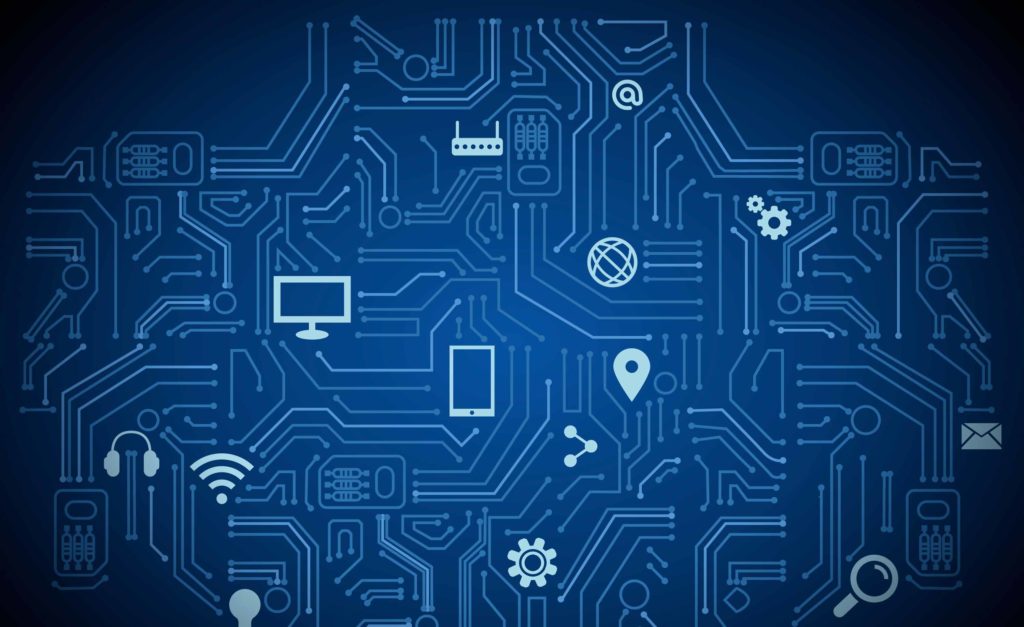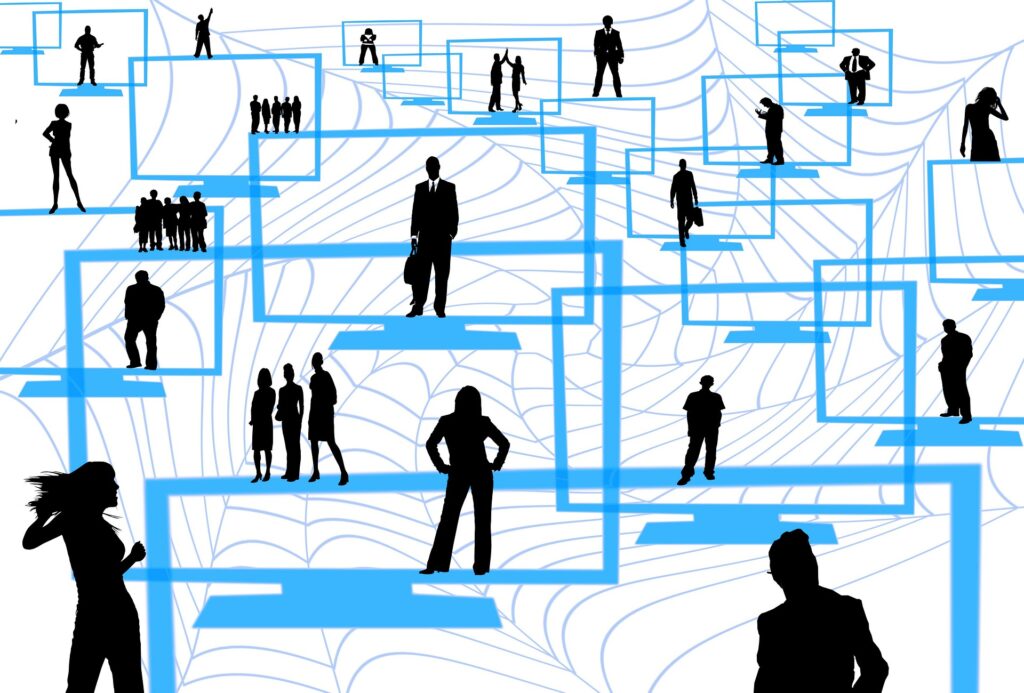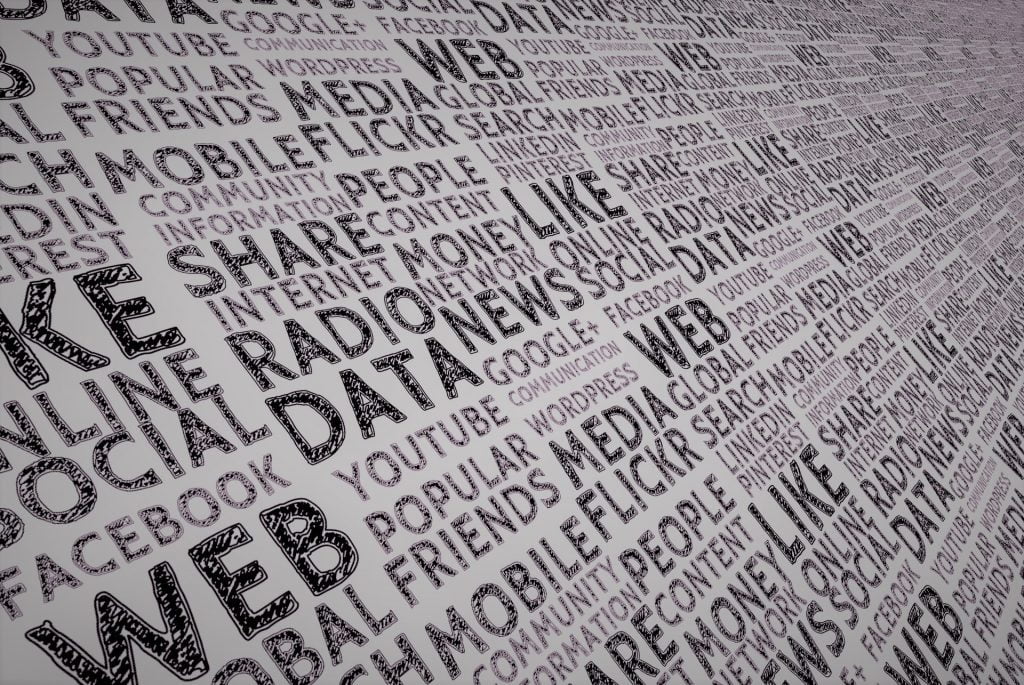Ever called customer support and been pleasantly surprised when the agent already knew your issue before you even explained it? That’s the magic of Call Center Customer Relationship Management (CRM) at work!
In today’s fast-paced world, customers expect quick, personalized, and efficient service. And call centers? They’re the frontline warriors making it happen. But without the right tools, even the best agents can struggle. That’s where CRM comes in—transforming chaotic customer interactions into smooth, satisfying experiences.
Curious how it all works? Buckle up! We’re diving deep into the world of call center CRM, uncovering its secrets, benefits, and how it’s changing the game for businesses and customers alike.
What Is Call Center Customer Relationship Management?
Call Center CRM is a system that helps businesses manage, track, and improve interactions with customers. Think of it as a super-smart digital assistant that remembers every conversation, purchase, and complaint—so agents don’t have to.
Unlike a basic contact list, CRM goes beyond storing phone numbers. It logs call histories, preferences, past issues, and even predicts future needs using AI-driven insights. Whether it’s a billing question, a tech glitch, or a product recommendation, CRM ensures no customer feels like just another ticket number.
But here’s the kicker—it’s not just for big corporations. Even small businesses can leverage CRM tools to boost satisfaction, streamline operations, and build loyalty.
Why Is Call Center Customer Relationship Management Important?
Imagine calling a company, repeating your issue for the third time, and still getting passed around like a hot potato. Frustrating, right? That’s exactly what CRM helps avoid.
Here’s why it’s a game-changer for call centers:
- Personalization at Scale – Customers hate feeling like strangers. CRM lets agents greet them by name, recall past purchases, and tailor solutions.
- Faster Resolutions – No more digging through files. CRM provides instant access to customer history, cutting call times in half.
- Happier Agents – With all data in one place, reps can focus on solving problems—not scrambling for information.
- Data-Driven Decisions – CRM tracks trends, so businesses know what’s working (and what’s driving customers away).
In short? Better service, stronger relationships, and a healthier bottom line.
Key Features of an Effective Call Center Customer Relationship Management
Not all CRM systems are created equal. The best ones pack a punch with features designed to make life easier for both agents and customers. Here’s what to look for:
1. Contact Management
A no-brainer, right? But top-tier CRM goes beyond names and numbers—it tracks interaction history, social media profiles, and even sentiment analysis from past calls.
2. Omnichannel Support
Customers reach out via calls, emails, chats, and social media. A robust CRM unifies all channels, so agents don’t miss a beat.
3. Automation & AI
From auto-logging calls to chatbots handling FAQs, automation speeds things up while AI predicts customer needs before they even ask.
4. Analytics & Reporting
Which agents perform best? What’s the most common complaint? CRM crunches the numbers so managers can make smarter moves.
5. Integration Capabilities
CRM should play nice with other tools—like helpdesk software, payment systems, and marketing platforms—for seamless operations.
How CRM Improves Customer Service in Call Centers
Ever had a call where the agent just got you—like they already knew your name, your issue, and even your last purchase before you said a word? That wasn’t magic; that was Customer Relationship Management (CRM) working behind the scenes.
In today’s fast-paced world, customers don’t just want quick service—they want personalized, hassle-free experiences. And call centers? They’re under constant pressure to deliver. That’s where CRM swoops in like a superhero, transforming chaotic, frustrating interactions into smooth, satisfying conversations.
- No More “Can You Repeat That?” – Say Goodbye to Frustration
We’ve all been there—calling customer support, explaining an issue, getting transferred, and then having to repeat everything to the next agent. It’s annoying, time-consuming, and downright exhausting.
But with CRM? That nightmare disappears. The system stores every interaction, from past calls and emails to chat transcripts and support tickets. So when you call in, the agent already sees your history—no need to re-explain why your bill was wrong or which product gave you trouble.
- Proactive Support – Fixing Problems Before They Explode
What’s better than solving a customer’s issue? Preventing it in the first place.
CRM doesn’t just react—it predicts. By analyzing mountains of customer data, it spots trends before they become full-blown crises.
For example:
- If dozens of customers suddenly complain about a software bug, CRM flags it immediately.
- The company can then push a quick fix or notify users before more people get affected.
This isn’t just damage control—it’s building trust. Customers love when a company anticipates their needs instead of waiting for them to complain.
- Personalized Upselling – No More Annoying Spam
We’ve all gotten those random, irrelevant offers—like a streaming service pushing horror movies when you only watch comedies. Annoying, right?
CRM changes the game. Instead of blind promotions, agents (or automated systems) use your purchase history to suggest things you’ll actually want.
- The Bottom Line: Smarter, Faster, More Human Service
At the end of the day, CRM isn’t just about storing data—it’s about using it to create real connections.
- Agents work smarter, not harder.
- Customers feel valued, not like ticket numbers.
- Businesses save time and money while boosting loyalty.
So next time you have a seamless, personalized support experience, you’ll know—CRM was the invisible force making it happen.
Types of Call center Customer Relationship Management Systems Used in Call Centers
Not every business needs the same CRM setup. Here’s a quick breakdown:
1. Operational CRM
Focuses on day-to-day interactions—call logging, ticket management, and workflow automation. Perfect for high-volume centers.
2. Analytical CRM
A data geek’s dream. It analyzes customer behavior to spot trends, predict churn, and fine-tune marketing strategies.
3. Collaborative CRM
Breaks down silos by sharing customer data across departments (sales, support, marketing). Great for businesses aiming for a unified customer experience.
Which one’s right for you? Depends on your goals—but many call centers use a hybrid approach for maximum impact.
Common Challenges and How to Overcome Them
Let’s be real—even the slickest CRM system isn’t perfect. Like any powerful tool, it comes with its fair share of headaches. But here’s the good news: every challenge has a solution. Whether you’re dealing with stubborn employees, messy data, or budget woes, we’ve got the fixes to keep your call center running smoothly.
1. Resistance to Change:
Humans are creatures of habit—especially in call centers where routines are king. The moment you introduce a new CRM system, you’ll likely hear:
- “Why fix what isn’t broken?”
- “This just complicates things!”
The Fix?
- Involve agents early—let them test the system and give feedback before rollout.
- Show, don’t tell—demonstrate how CRM cuts their workload (fewer manual notes, faster lookups, smarter scripting).
- Gamify adoption—reward top CRM users with incentives to spark enthusiasm.
2. Data Silos:
Ever had a customer say, “I already gave my details to sales—why are you asking again?” That’s data silos in action. When CRM doesn’t talk to your other tools (billing, marketing, helpdesk), agents waste time hunting for info.
The Fix?
- Integrate, integrate, integrate—sync CRM with email, chatbots, and payment systems for a single customer view.
- Automate data entry—use AI to log interactions so agents don’t have to manually update records.
- Audit regularly—purge duplicate or outdated entries to keep your database clean.
3. High Costs:
Yes, top-tier CRM platforms can be pricey. But here’s a secret: you don’t need all the bells and whistles from day one.
The Fix?
- Start small—pick a scalable CRM (like Zoho or HubSpot) that grows with your needs.
- Prioritize must-haves—focus on core features (call logging, customer history) before adding extras like AI analytics.
- Go cloud-based—skip expensive hardware with SaaS solutions that cut upfront costs




